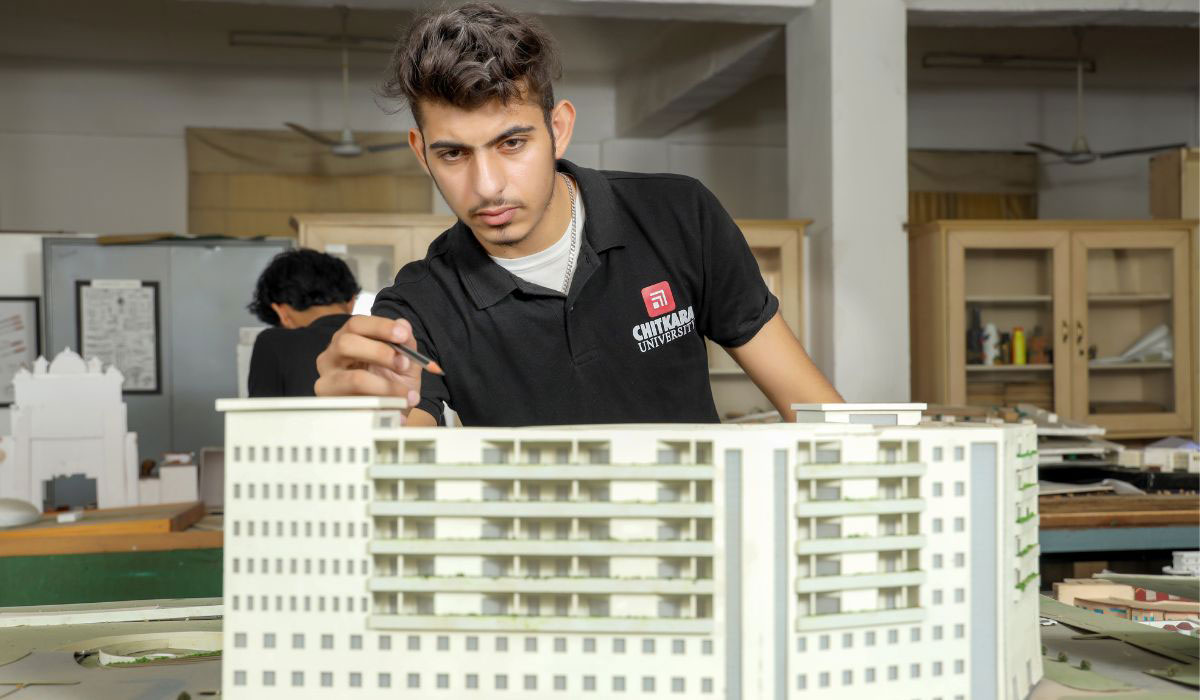Architecture is about making places that improve people’s lives and communities, not only about designing structures. In order to ensure that constructions are not only visually beautiful but also practical, sustainable, and culturally appropriate, architectural planning is essential. It is essential for anyone interested in architecture or pursuing a Bachelor of Architecture degree to comprehend the goals of architectural planning. Let’s explore this intriguing topic in more detail.
Architectural planning: What is it?
The process of drawing out a blueprint for a building or other structure that satisfies user demands while complying with structural, functional, and legal constraints is known as architectural planning. It entails a thorough examination of the site, the requirements of the customer, and the surrounding area to produce a design that is both useful and creative.
Objectives of Architectural Planning:
Functionality: Ensuring that a structure is designed with sufficient functionality is a key goal of architectural planning. The primary objective is to make sure that the structure serves its intended purpose effectively. To accomplish this, one must take into account the movement of individuals and objects within the structure, the ease of accessing different areas, and the organization of these areas to optimize their usefulness. The designers of the building must carefully consider the flow of people, room placement, and overall structure planning to ensure optimal functionality.
Harmony of appearance: buildings should have a pleasing appearance in relation to their environment. The process of selecting colors, styles, and materials that are harmonious with the environment is what design planning is all about. The purpose of this endeavor is to construct a structure that both blends in with its environment and distinguishes itself as either a contemporary landmark or one that is compatible with an older community. When it comes to making a building seem nice, it is extremely necessary to pay attention to the details, such as the measurements and size of the structure.
Sustainability: One important thing that architects must think about when making plans is how long the buildings will last. Designers and builders try to make buildings that are good for the earth when they are putting them together. These things are made possible by using eco-friendly technology and materials. This helps them have less of an effect on the world and use less energy. To make houses as eco-friendly as possible, things like solar panels, systems that collect rainwater, and materials that keep the building warm are needed.
Safety and Security: Making sure the people who will be living in the building are safe and secure is another important goal of architectural planning. This is an important goal because it has to do with how the building is designed. Installing safety features like smoke alarms, fire doors, and security systems is part of this process. The goal is to protect against possible risks by offering protection. In order to make sure that everyone lives safely, the planners have to think about a lot of different things. Some of these factors are setting up emergency evacuation paths and making sure that people with disabilities can get to the area.
Cost-Effectiveness: Architectural planning aims to create buildings that are cost-effective to build and maintain. This involves selecting the right building supplies and materials to reduce construction costs without compromising quality. Designers must also consider long-term maintenance costs and energy efficiency to create buildings that are economical to operate over their lifespan.
Cultural Sensitivity: Considering the cultural setting of a building is essential in architectural planning. Designers must ensure that the design reflects the values, traditions, and preferences of the community it serves. This involves understanding the cultural context and incorporating elements that resonate with the local culture, creating a building that is not only functional but also culturally relevant and meaningful to its users.
In conclusion, planning a building project is a difficult task that involves many things that need to be carefully thought through. Students in the Planning & Architecture school can learn the skills and information they need to make buildings that are not only beautiful but also useful, long-lasting, and culturally appropriate by learning the goals of architectural planning.
The 5-year Bachelor of Architecture program at Chitkara School of Planning & Architecture blends creativity, technology, and understanding of the real world to prepare students for successful jobs in architecture. The school stresses that creativity is an important part of building design and encourages students to try out their artistic skills and turn their ideas into new designs. Students work on a range of projects and attend design workshops, which helps them learn useful skills and go above and beyond in their architectural work.
A big part of the educational institution is learning about how building fits into its historical, social, and natural settings. Students learn how to think seriously about how their designs affect people and the environment. This way, they can make sure that their designs are not only nice to look at but also good for people and the environment in the long term. The school also focuses on how technology can be used to improve architecture. Students learn how to use tools like CAD and BIM to make plans that are both efficient and long-lasting.
Also, read this blog post: The 7 Types of Architecture: A Closer Look at Each Style
As part of the program, students can do internships with top building and design companies. These give them real-world experience and new ideas. This practical training, along with the program’s focus on the business world, makes sure that students are ready for what the job requires. Students are guaranteed jobs at the best architecture firms in India when they finish the program. This sets them on the way to a successful and satisfying career in architecture.






